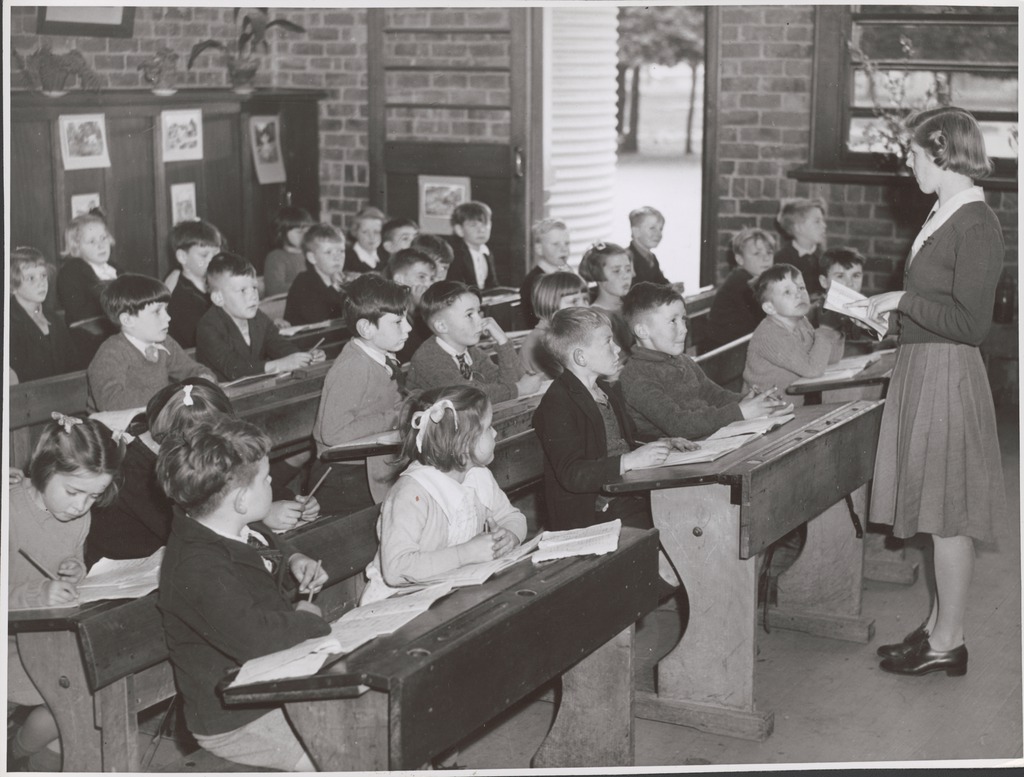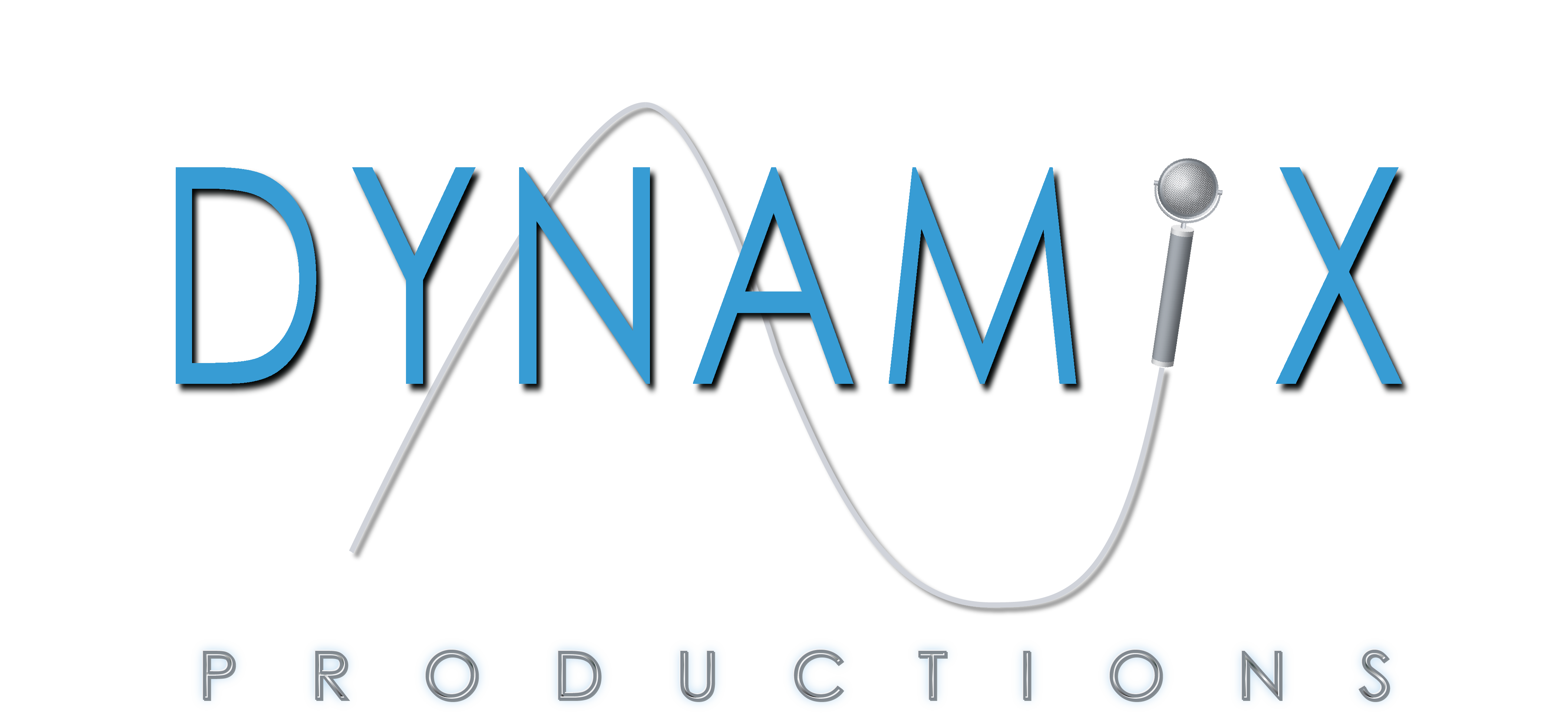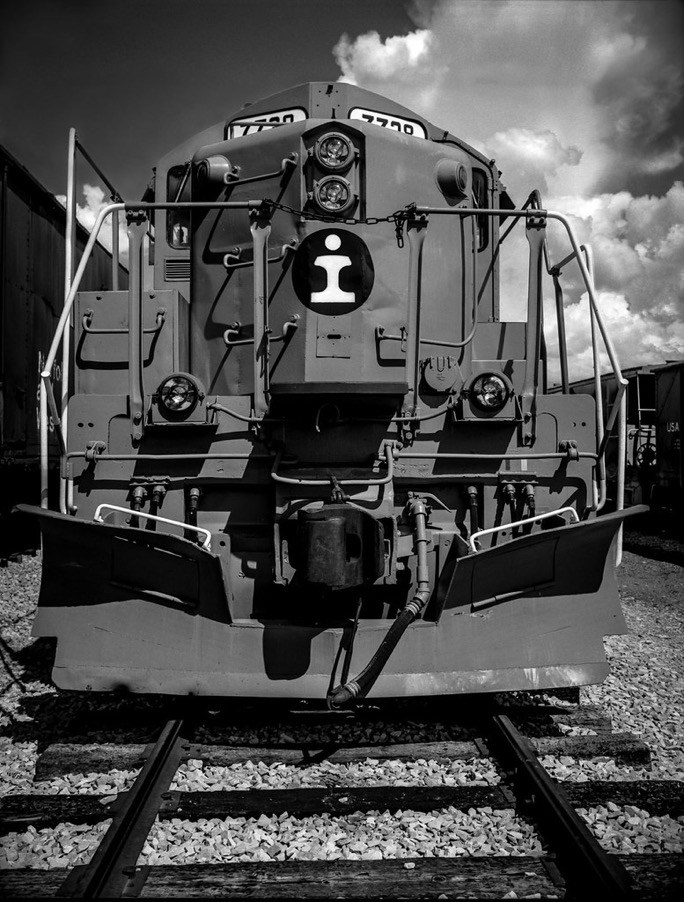

- © 2003 - 2025 Dynamix Productions, Inc. Contact Us 0



"I hear the train a comin', it's rolling round the bend
And I ain't seen the sunshine since I don't know when."
Johnny Cash
"Folsom Prison Blues"
I live about a thousand feet from a railroad crossing and really don't mind the sound of the trains. Maybe it's because my family has a long history with the railroad. My Papa was a C&O Railroad time clerk for 50 years, starting his job just a few months before Wall Street crashed in 1929. My Grandma's grandfather, a German immigrant, laid some of the first railroad tracks through southern Ohio in the mid-1800s. My hometown of Ironton, Ohio was the terminus of the DT&I railroad, a coal and steel supply line once owned by Henry Ford that connected Detroit, Toledo and Ironton. The DT&I ran along the banks of the Ohio River on one side of our long and narrow town, the B&O railroad hugged the hillside on the other. Like a railroad tie, they connected the two lines with a perpendicular track that ran right through the heart of downtown. My Dad worked in City Hall on Railroad Street where every day at about 4:30, a train would slowly travel from one side of town to the other, sounding it's horn and bell the whole way. It was a sight to see – and hear.
The massive C&O switching yard where my Papa worked was right across the river in Kentucky. At 3 1/2 miles long and 1/3 mile wide, it was one of the largest yards of its kind in the country. Trains chugged, screeched, banged, and blew their horns 24/7. Locomotives coupling loaded freight cars created Domino-like collisions that rumbled like thunder. When a loaded train would get up to speed on its way out of the switch yard, it would subtly rock our house and cause the cast iron window weights to bounce around inside the sash pockets. It sounded like wind chimes, and it would lull me to sleep at night.
When trains sounded their horns, and that was often, we could always tell which railroad they were from because of the distinct tones. They were like familiar voices announcing their arrival. More like yelling their arrival. Train horns are loud, and that's good, especially if one is about to cross your path. A hundred feet away, a train horn is about 110 dB, which is similar to using a chainsaw, or 10 billion times louder than a breath. Diesel trains have multi-toned air horns powered by an air tank, which is pressurized by an electric pump. Earlier steam locomotives used steam already under pressure in their boilers for their whistles.
When diesel engines began supplanting steam power in the U.S. prior to World War II, there was a debate about the sound of the horns. The railroads favored a simple low-toned horn, but these sounded too much like large truck horns and were confusing motorists. By the 1960s, locomotives that ran across public roadways were using multiple air horns, anywhere from two to five. The "chimes" were pitched to higher frequencies and in a musical chord.
So musical, that Nathan Manufacturing Company used a five-chime horn developed in part by U.S. Marine Corps Band conductor Captain Charles Bentor, who was successor to John Phillip Sousa. For you music buffs, it was an A Major dominant 7th chord (C#, E, G, A, C#). It's a chord with a dissonant tritone (C#-G) and usually resolves to the tonic (D), so it has a little tension to it. And the two notes of G and A are only a whole step apart creating more dissonance, something that will get attention. Nathan's most popular horn is also a five-chime, tuned to B Major 6th (D#, F#, G#, B, D#). I think this is a happier chord and sounds like the start of "Boogie Woogie Bugle Boy" to me. Who knows, maybe the Andrews Sisters' golden tones were inspiration for this classic sound.
A delightful tune is not loved by all, however. As a train approaches a crossing, they're required to signal (a sequence of long-long-short-long) up to 15 seconds beforehand, or even longer if traveling over 45mph. This has many residential areas in cities at odds with the railroads. Florida banned the signals at one time, but it was lifted after accident rates doubled. Opponents have also argued that the sound levels are above legal limits, but studies have shown that the horns have been well within the guidelines. One solution to curbing train noise pollution is to install warning horns at the crossing itself. These horns are narrowly directed toward the roadway and are activated at the same time as the gate and warning bell. The sound is contained to a smaller area instead of dominating the entire neighborhood.
In what sounds like a rash of irate silence-loving people seeking revenge, thefts of train horns is at an all-time high. Thieves are plucking the heavy contraptions from parked locomotives for various reasons. Scrap metal is one motivation, but used train horns are showing up on eBay and other places. Frequent buyers are tractor trailer operators or large truck enthusiasts. Railway operators are desperate to stop the thefts, partly because of the high replacement cost, but mostly because a train without a horn can't operate on the rails, and that means the loss of business.
One railway company caught a couple of would-be thieves in the act of stealing a horn from a locomotive, but a little "water" did them in. The company had sprayed a product called SmartWater CSI around the horn area on the engine. It's a liquid that can be seen under UV light if it comes in contact with skin, clothing, or other objects – even weeks later. Lasting up to five years after application, SmartWater also contains unique microscopic markers that can be matched to its database of clients. When police caught up to the duo, their UV light exposed the SmartWater on one suspect and their getaway vehicle. I can hear that train horn tooting the trombone failure song "Wah, wah, wah, waaaaah."
Trains are here to stay for a long while. Their place in the world of moving cargo and people has been and will be challenged until they run no more. A hundred years ago, cars and trucks took a bite out of their business. Later, buses and airplanes took even more away. Today, long haul self-driving tractor trailers and delivery drones are the enemy. When they're finally gone someday, we'll probably be nostalgic for the sound of a five-chime horn atop a chugging behemoth engine clacking down the tracks. But I don't think we'll ever long for the whirring of an overhead delivery drone.